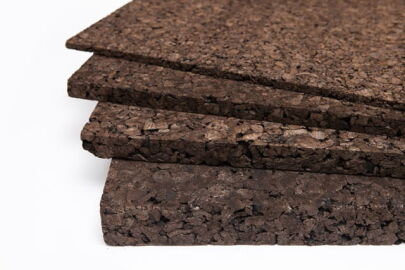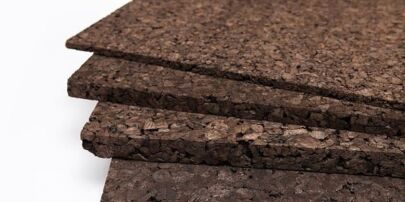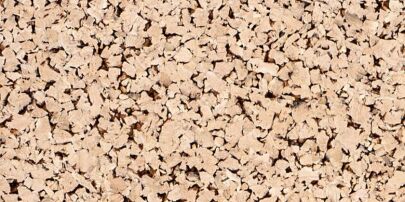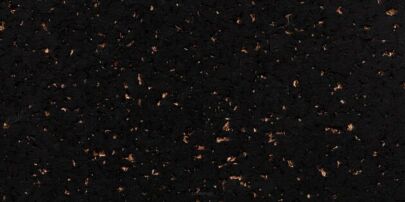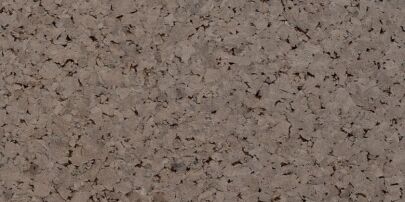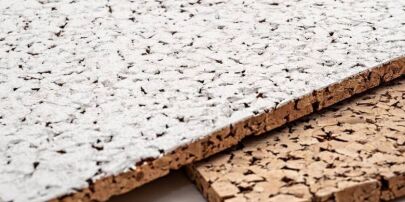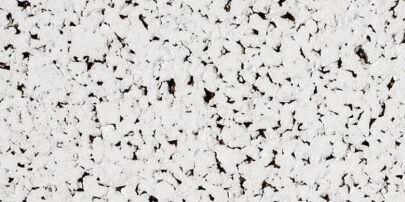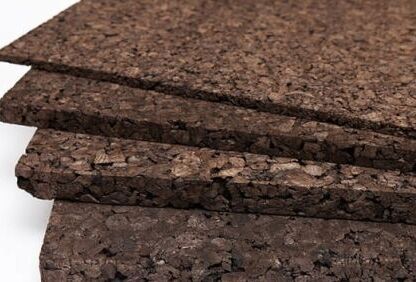
Thermal and soundproofing cork sheets can be used on ceilings and walls to insulate them against cold or heat, as well as against noise. The sheets are completely safe because they do not emit any toxic substances during a fire. They have unlimited longevity and are resistant to fire and moisture. They also maintain resistance to rodents, insects, and chemical agents. They can be fully recycled.



